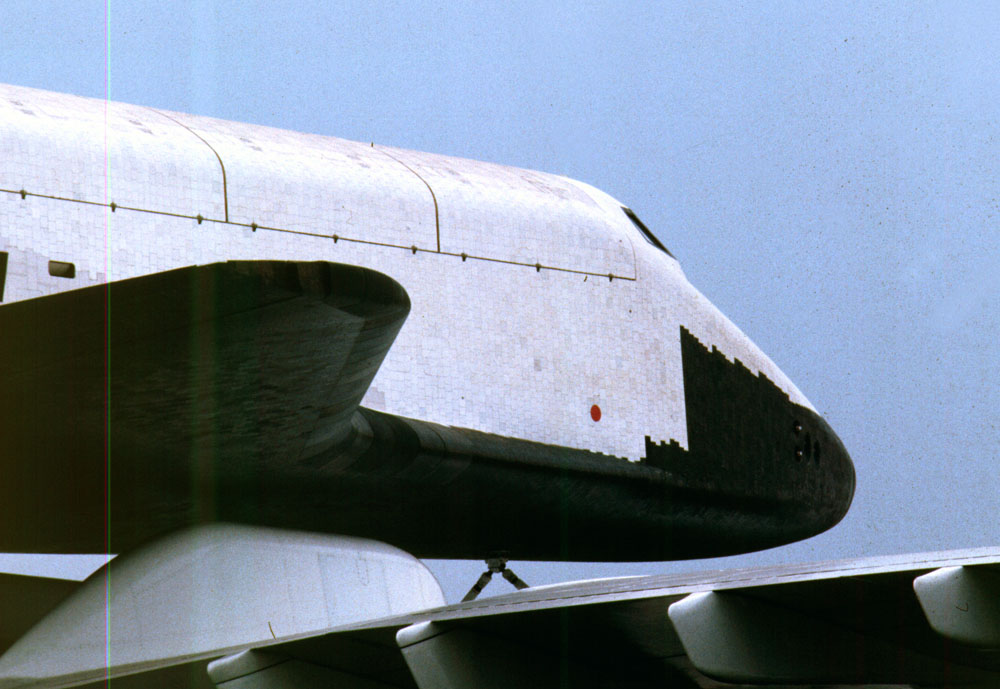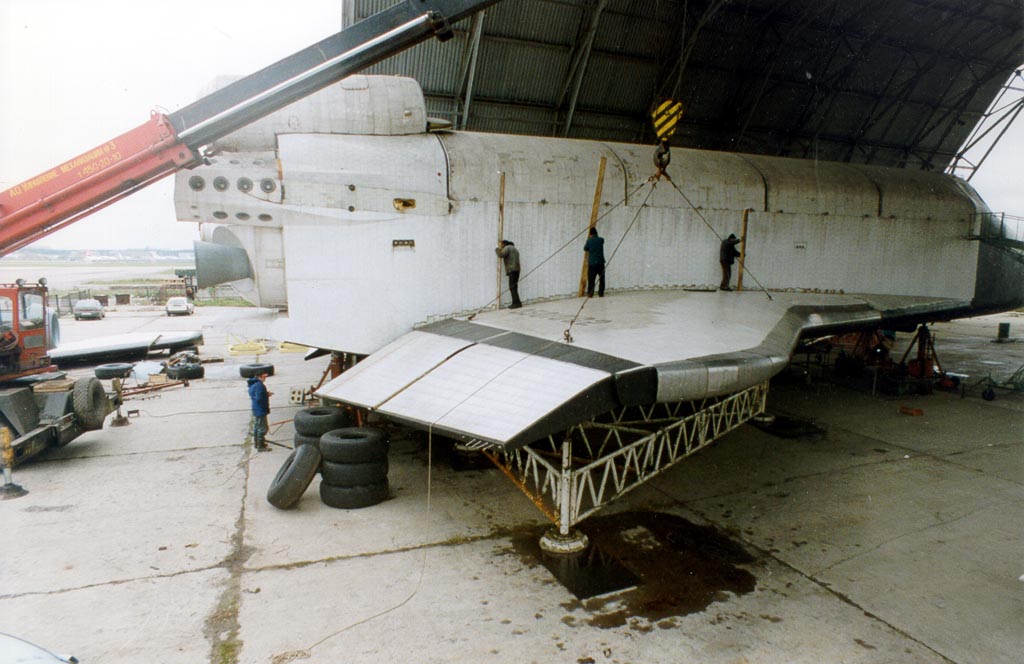

A long-delayed reusability modification to the existing Angara production lines makes much more sense. A new booster for Russia’s dilapidating Buran fleet in just 5 to 10 years is not likely at all. Sputnik is going to make crazy claims, that can be counted on. Meanwhile, I think Spaceflight Insider needs to work on its fact-checking analysis. If Musk gets stage reuse going the Russians are definitely going to be pushing reusability up the priority stack, even though they’ve been toying around with the idea as long as Angara has existed. It would make sense with the time frame too, given Angara A5 is supposed to be launching from Vostochny around that time frame. Since Russians typically describe strap-on boosters as the “First stage”, my guess is the system being described is actually Baikal. with no space transportation system capable of delivering astronauts into orbit. Similarly, the conclusion of NASA’s Space Shuttle program in 2011 left the U.S. The cancellation of the Buran project left Russia without any reusable spacecraft. It suggests that, if espionage had been a factor in Buran’s development, it would likely have been in the form of external photography or early airframe designs. However, despite external similarities, many differences existed, like the absence of the main rocket engines on the Buran shuttle.

On its return, it performed an automated landing on the shuttle runway at Baikonur.īecause there were striking visual similarities between Buran and NASA’s Space Shuttle, it was speculated that espionage may have played a key role in the development of the Soviet spacecraft. The shuttle orbited the Earth twice in 206 minutes of flight. 15, 1988, from the Baikonur Cosmodrome in Kazakhstan. It was the largest and the most expensive project in the history of Soviet space exploration.Ī Buran-class orbiter, named Orbiter OK-1K1, flew to space only once in 1988 and remains the only Soviet reusable spacecraft to be launched into orbit. The Buran Program was a Soviet and later Russian reusable spacecraft project that began in 1974 at the Central Aerohydrodynamic Institute and was formally suspended in 1993. This could significantly reduce the cost of launching satellites and other spacecraft into orbit. The MRKS-1 will be capable of sending a wide range of payloads into space, weighing up to 35 metric tons and more. The winged first stage is equipped with reusable liquid-propellant sustainers. It also includes disposable second stages and upper stages. The vehicle features an airplane configuration and is capable of returning to the launch area for a horizontal landing. The MRKS-1, a partially reusable modular vertical launch vehicle, is based on a winged, reusable first stage. The reusable booster, after lifting the second, expendable stage of the MRKS vehicle into the stratosphere, would separate and return back to Earth to be prepared for its next mission. Photo Credit: Roscosmos/EnergiaĪccording to a report appearing on Space Daily, the MRKS, could be launched from the Vostochny Cosmodrome in the Russian Far East, will see a partially reusable launch vehicle (MRKS-1) equipped with a winged booster stage. Buran shuttle launches from the Baikonur Cosmodrome in Kazakhstan on Nov.


 0 kommentar(er)
0 kommentar(er)
